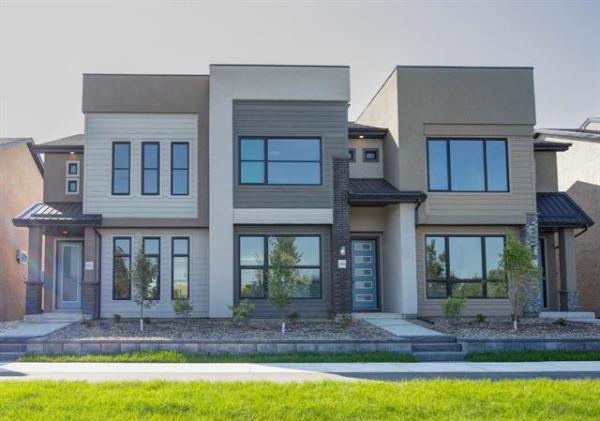You probably know that my slogan is “Make It Right”. I’d like to point out that it isn’t “Make It Perfect”. It needs to be said that perfection, generally speaking, can’t be attained in the contracting world — so we’d better get over it.
The reason I'm bringing this up is that I find myself in the same scenario time after time. It goes like this: a homeowner will be showing me their renovation and pointing out all the small flaws in the workmanship (and I'll tell you they're not immediately obvious to me) and say, "Look at the terrible job. I'm so disappointed."
I'm standing three feet from whatever it is and asking myself, "What exactly are you pointing to?" And they say something like, "You need to stand much closer to see it" or "You can see it better when the light hits it a certain way".
(Or maybe it's only visible at certain stages of the moon. I don't know.)
Minor cosmetic irregularities are par for the course in every home, old or new. Remember that no house is really level or plumb, and we forget that just about every part of every home is built or installed by hand. The level of perfection we've come to expect in our digital, high-tech world just doesn't apply in the handmade world of the craftsman.
It's true, the tools of the trade have improved over time; power tools of every shape and form bring us closer to perfection. But the finishing steps usually come down to the most basic of tools and skills-- sandpaper, paintbrush, a steady hand and a whole lot of patience.
The more experienced the contractor, the more they are able to hide anything that will be seen as "imperfect". There are a lot of tricks in the art of hiding blemishes in a house. But the truth is, the time allotted for the cosmetics becomes a big cost factor. The finishing stages always take longer than anyone expects, and the end of a job is always a race against the schedule and budget.
So what's the hardest task for a contractor to get near-perfect results? I'd have to say repairing a surface that has some sort of existing texture to it, like repairing a patch in the middle of drywall. This is because the old drywall will have several coats of paint on it, so the surface has a very defined texture from all the paint-roller use. Once the repair is made using drywall compound, primer and new paint, the part of the job that becomes noticeable is the difference in the texture from the old part of the wall to the smooth, repaired part.
It's the obvious difference between the existing surfaces and the repaired surface which makes the job still less than perfect in the eyes of the homeowner. As a contractor, you can't win in that situation.
When I evaluate another contractor's work, or even my own, I'm mostly looking to see if the overall job is done "right" -- which means looking beyond the obvious finishes. Are things installed square and true? Were all the steps accomplished without cutting any corners? Does the job look like it was done with care and to a high standard? And the big one, did the reno get accomplished given the specific circumstances surrounding that job?
Yes, sometimes there are very good reasons why a job didn't turn out as "perfect" as a homeowner might have expected, and they always seem to involve schedule and budget. You can never have enough of those magical ingredients when the goal is absolute perfection.
As contractors, there are many things in our control to help us on the road to doing a perfect renovation. But then there are just a many things that we can't control, putting the goal of perfection just out of our reach. This reminds me of an old carpenter's saying: "There are two kinds of wood, the kind that is warped and the kind that is going to be warped."
So when I say "Make It Right", what I mean is strive for perfection and then settle for excellence. Any imperfections can be considered part of the character of the home. And if that tiny flaw in the drywall is still bugging you, hang a picture in front of it.
Catch Mike in his brand new series, Holmes Inspection airing Thursdays at 8 p.m. ET/PT on HGTV. For more information visit www.hgtv.ca




